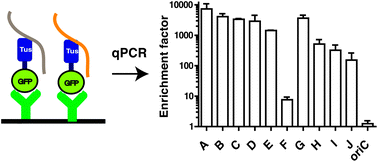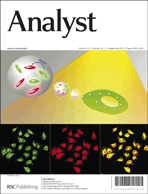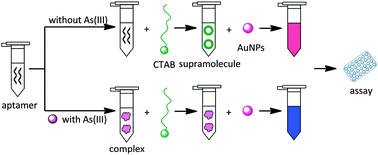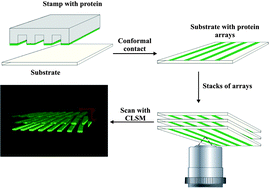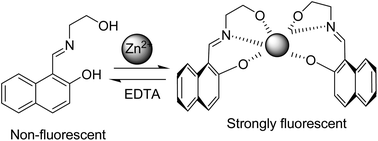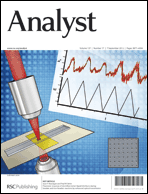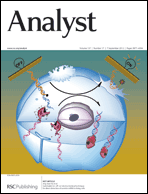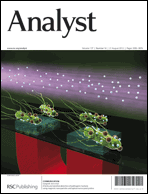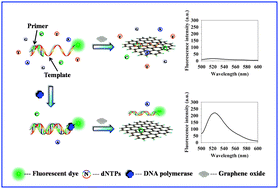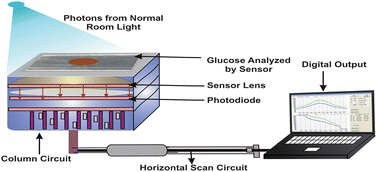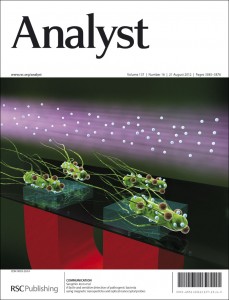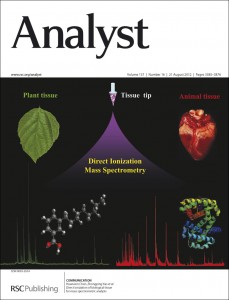In this Issue 16 of Analyst we have a dozen HOT articles for you to read. Topics range from bacteria detection, VOCs in human saliva, food quality, fluorescence sensing platforms, and glutathione biosensors.

Jeon et al., Analyst, 2012, 137, 3609
All these papers will be free to access for 2 weeks.
A facile and sensitive detection of pathogenic bacteria using magnetic nanoparticles and optical nanocrystal probes
Jinmyoung Joo, Changyong Yim, Donghoon Kwon, Jaejin Lee, Hwa Hui Shin, Hyung Joon Cha and Sangmin Jeon
Analyst, 2012, 137, 3609
DOI: 10.1039/C2AN35369E
Direct ionization of biological tissue for mass spectrometric analysis
Bin Hu, Ying-Han Lai, Pui-Kin So, Huanwen Chen and Zhong-Ping Yao
Analyst, 2012, 137, 3613
DOI: 10.1039/C2AN16223G
Sampling and characterisation of volatile organic compound profiles in human saliva using a polydimethylsiloxane coupon placed within the oral cavity
Helen J. Martin, Svetlana Riazanskaia and C. L. Paul Thomas
Analyst, 2012, 137, 3627
DOI: 10.1039/C2AN35432B
Monitoring of chicken meat freshness by means of a colorimetric sensor array
Yolanda Salinas, José V. Ros-Lis, José-L. Vivancos, Ramón Martínez-Máñez, M. Dolores Marcos, Susana Aucejo, Nuria Herranz and Inmaculada Lorente
Analyst, 2012, 137, 3635
DOI: 10.1039/C2AN35211G
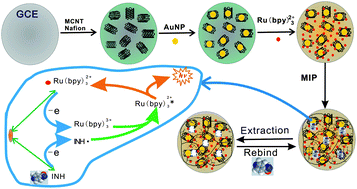
Lu et al., Analyst, 2012, 137, 3644
A novel molecularly imprinted electrochemiluminescence sensor for isoniazid detection
Bowan Wu, Zhihua Wang, Zhonghua Xue, Xibin Zhou, Jie Du, Xiuhui Liu and Xiaoquan Lu
Analyst, 2012, 137, 3644
DOI: 10.1039/C2AN35499C
Ultrasensitive colorimetric detection of heparin based on self-assembly of gold nanoparticles on graphene oxide
Xiuli Fu, Lingxin Chen and Jinhua Li
Analyst, 2012, 137, 3653
DOI: 10.1039/C2AN35552C
Gold nanoparticle–enzyme conjugates based FRET for highly sensitive determination of hydrogen peroxide, glucose and uric acid using tyramide reaction
Xiangyi Huang, Tao Lan, Bocheng Zhang and Jicun Ren
Analyst, 2012, 137, 3659
DOI: 10.1039/C2AN35503E
A homogeneous fluorescence sensing platform with water-soluble carbon nanoparticles for detection of microRNA and nuclease activity
Liyong Wang, Yongqiang Cheng, Hui Wang and Zhengping Li
Analyst, 2012, 137, 3667
DOI: 10.1039/C2AN35396B
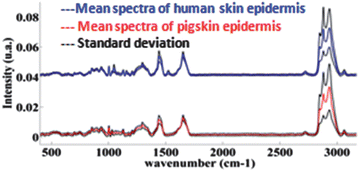
Piot et al., Analyst, 2012, 137, 3673
Confocal Raman microspectroscopy for skin characterization: a comparative study between human skin and pig skin
Sana Tfaili, Cyril Gobinet, Gwendal Josse, Jean-François Angiboust, Michel Manfait and Olivier Piot
Analyst, 2012, 137, 3673
DOI: 10.1039/C2AN16292J
Analysis of the Raman spectra of Ca2+-dipicolinic acid alone and in the bacterial spore core in both aqueous and dehydrated environments
Lingbo Kong, Peter Setlow and Yong-qing Li
Analyst, 2012, 137, 3683
DOI: 10.1039/C2AN35468C
Transmission Raman measurement directly through packed corn kernels to improve sample representation and accuracy of compositional analysis
Kayeong Shin, Hoeil Chung and Chul-won Kwak
Analyst, 2012, 137, 3690
DOI: 10.1039/C2AN35443H
Fabrication of glutathione photoelectrochemical biosensor using graphene–CdS nanocomposites
Xiaomei Zhao, Shiwei Zhou, Qingming Shen, Li-Ping Jiang and Jun-Jie Zhu
Analyst, 2012, 137, 3697
DOI: 10.1039/C2AN35658A


